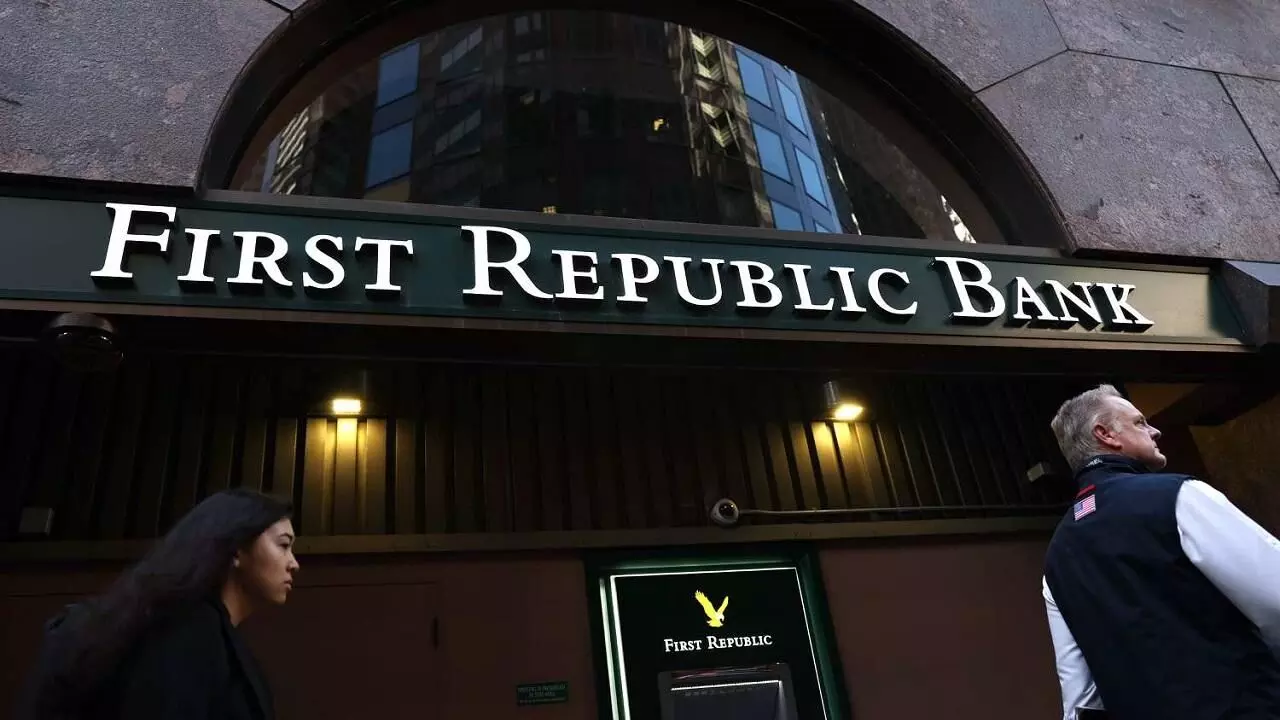Snowballing crisis

While banking authorities in the United States are still scratching their heads over the collapse of Silicon Valley Bank (SVB) and Signature Bank, with no specific accountability fixed, yet another midsize regional bank has fallen. Thanks to the pulling away by investors and depositors of the First Republic Bank, its stocks reportedly nosedived from USD 150 in February to a mere USD 4 last week. The silver lining in the case of First Republic Bank, if it could be treated as such, was the willingness of bigger banks to take over the assets of the bank. More specifically, the winning bid went to JPMorgan Chase — the largest bank in the United States. The acquisition will lead to a further swelling of the acquirer. JP Morgan has agreed to pay USD 10.6 billion to the US Federal Deposit Insurance Corp (FDIC) as part of the deal, apart from making a loss-share deal on the single family, residential and commercial loans. However, it is reported to have refused to shoulder the corporate debt. Going beyond specific cases, the collapse of the First Republic Bank is an alarming affirmation to the widespread apprehension that the US’ banking system might be heading towards a snowballing crisis. Though the risks may not be as intense as faced during the 2008 financial crisis, the US economy is likely to face significant negative repercussions. Additionally, the world is interconnected in so many ways that spill-over effects across the globe cannot be ruled out. What is particularly threatening is the unpredictably diverse ways in which the banking sector is being affected. The exact nature of risks that may lead to the next bank failure remain in the realm of uncertainty. However, at the core, there are certain causal factors that can be said to be constant catalysts. In the first place, internal mismanagement of the banks, coupled with risk-laden strategies, have contributed to their failure. The management follies and risk factors for all the three banks were different from each other. First Republic’s business model was predominantly based on attracting high net-worth customers with preferential rates on mortgages and loans. A majority of its customers were beyond FDIC’s insurance limit of USD 2,50,000 per account. In the case of SVB, the tech industry and startups formed the biggest chunk of customers. Clearly, the insurance limit of FDIC was not enough for it as well, but the insurer reportedly breached its limit to assuage the depositors. The second problem, related to the mismanagement of the banks, has been that of lack of stringent regulation and supervision. In fact, as late as in 2019, the Federal Reserve Board, as part of a broader regulatory easing, rolled back regulations and scrutiny of midsize banks. It even absolved them of the responsibility of keeping sufficient capital, as is done in the case of larger banks. Clearly, the US Fed and other authorities failed to gauge the potential risks that mismanagement of midsize banks may present. In what can be said to be an extremely rare gesture, the US Fed admitted that it exercised “slow identification of risks and slow pace of supervisor action.” But the fact remains that the now collapsed banks were operating successfully in the system for decades, with more or less the same management strategies. They continued to grow even after the dilution of regulations in 2019. This brings us to the third causal factor that can also be termed as the trigger factor — the persistent hike by the US Fed to tame inflation. The monetary policy tightening by the US Fed affected almost the whole world, but it also did not spare the country’s own banking sector. Though comparatively less talked about, the constricted liquidity on account of persistent policy rate hikes appears to be the main reason behind the bank collapses in the US. It led to the build-up of a vulnerable environment, on which the failure of the banks was predicated. While the US Fed may reconsider its monetary policy stance, at the same time, there is a need to make the banks more resilient through capital infusion and supervision, because a further deterioration of the situation may simply be inevitable.



